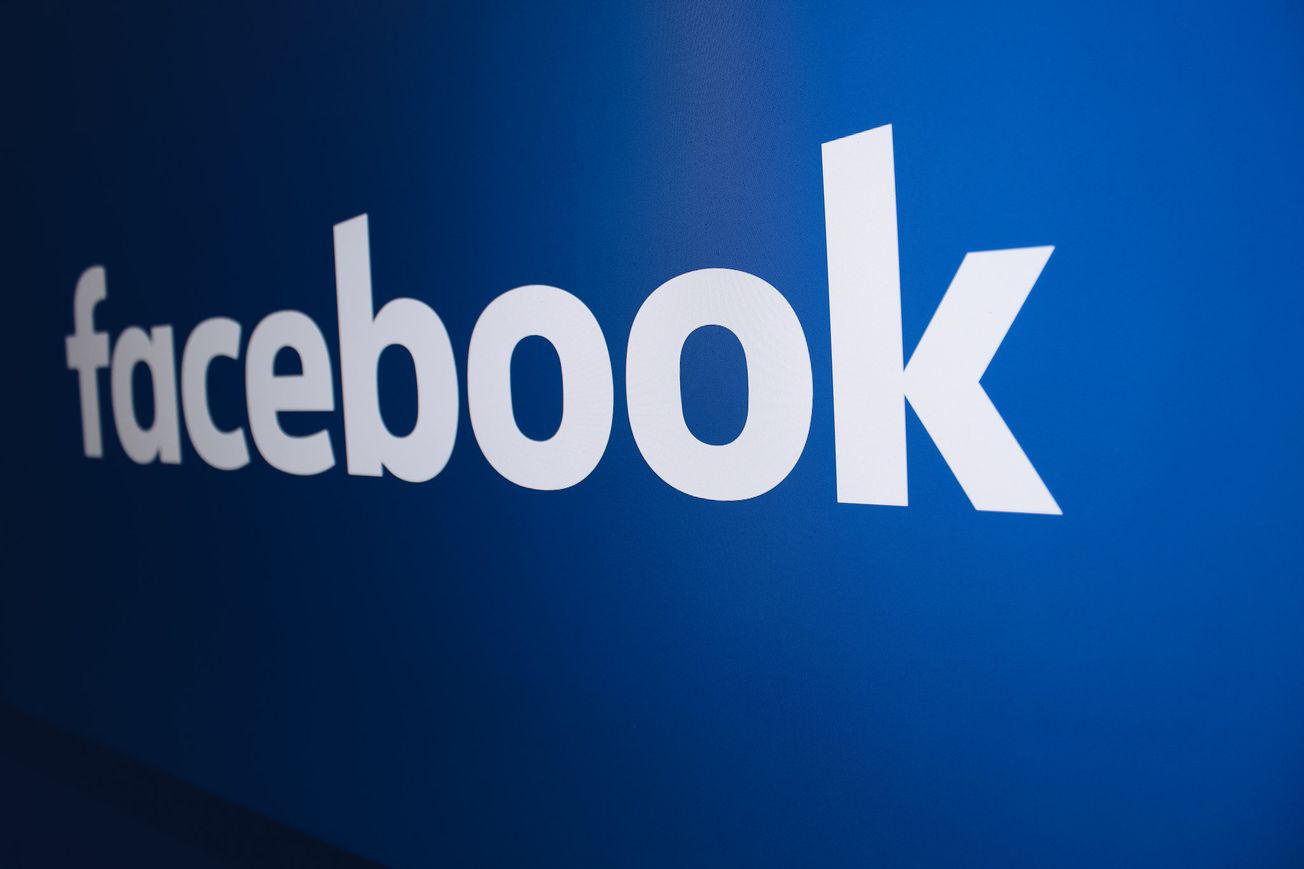The next version of USB may be one of the fastest connectors yet. According to the USB Promoter Group, USB 4 version 2.0 will be capable of speeds of up to 80 Gbps, which is double what the original USB 4 and even Thunderbolt 4 are capable of.
The actual technical specification from the USB Implementers Forum, which is in charge of the standard itself, has not yet been released, but the details that have come out today are stunning. In a press release, the Promoter Group states that USB 4 version 2.0 cables will use the USB-C connector, which is expected, but the real surprise is this line: "Key characteristics of the updated USB4 solution include: Up to 80 Gbps operation, based on a new physical layer architecture, using existing 40 Gbps USB Type-C passive cables and newly-defined 80 Gbps USB Type-C active cables" (emphasis theirs).
Joe Balich, a USB-IF spokesperson, confirmed that if I went out and bought a USB 4 cable rated for 40 Gbps right now, it would be able to do twice that speed in the future. That is, to put it mildly, extremely impressive. USB has always been good about backward compatibility (and USB 4 version 2 is no exception), but being able to use the same cable while still reaping the flagship benefit of the new spec takes it to a new level.
Balich did not elaborate on how that was technically possible, but he did say that "this benefit was made a requirement when the new specification was developed, and the specifics as to how 80Gbps signaling is accomplished will be disclosed once the final specification is released." That appears to be prior to the USB DevDays developer events, which are scheduled for November 1st and 2nd in Seattle and November 15th and 16th in Seoul.
The USB Promoter Group, which includes Intel, Apple, Microsoft, HP, and Texas Instruments, has announced that the USB-C and power delivery specifications will be updated to "enable this higher level of data performance." The USB 4 version 2.0 specification will also reportedly include updates that provide faster speeds when using USB 3.2 — the promoters group promises over 20 Gbps — as well as improved support for DisplayPort and PCIe because it will use the most recent versions of those standards (the original USB 4 only allowed you to use DisplayPort 1.4a when "tunneling," or carrying DisplayPort and USB signals at the same time).
Finally, we must address the issue of the name. It's an odd move to call this a "version 2.0" of USB 4 when the increase in speed feels like it should be called USB 5. However, the standard has been perplexing for a few years now: USB 3.2 is actually a collection of standards: USB 3.2 Gen 1 (AKA original USB 3.0), USB 3.2 Gen 2, USB 3.2 Gen 12, and USB 3.2 Gen 22. (which is the full-fat 20 Gbps spec). Because USB 4 basically had the same specs and capabilities as Thunderbolt 3, it appears that we're going back to a slightly more confusing naming scheme — the cable compatibility could certainly help, but device spec sheets could be a bit of a minefield for a while.
We're not likely to have to deal with that anytime soon. According to the press release, the update is "specifically targeted to developers at this time," with final branding and marketing guides (including logos) to follow later. Still, it's exciting to see what's coming down the pike and to think about being able to transfer a 4K Blu-worth ray's of data in around five seconds.









